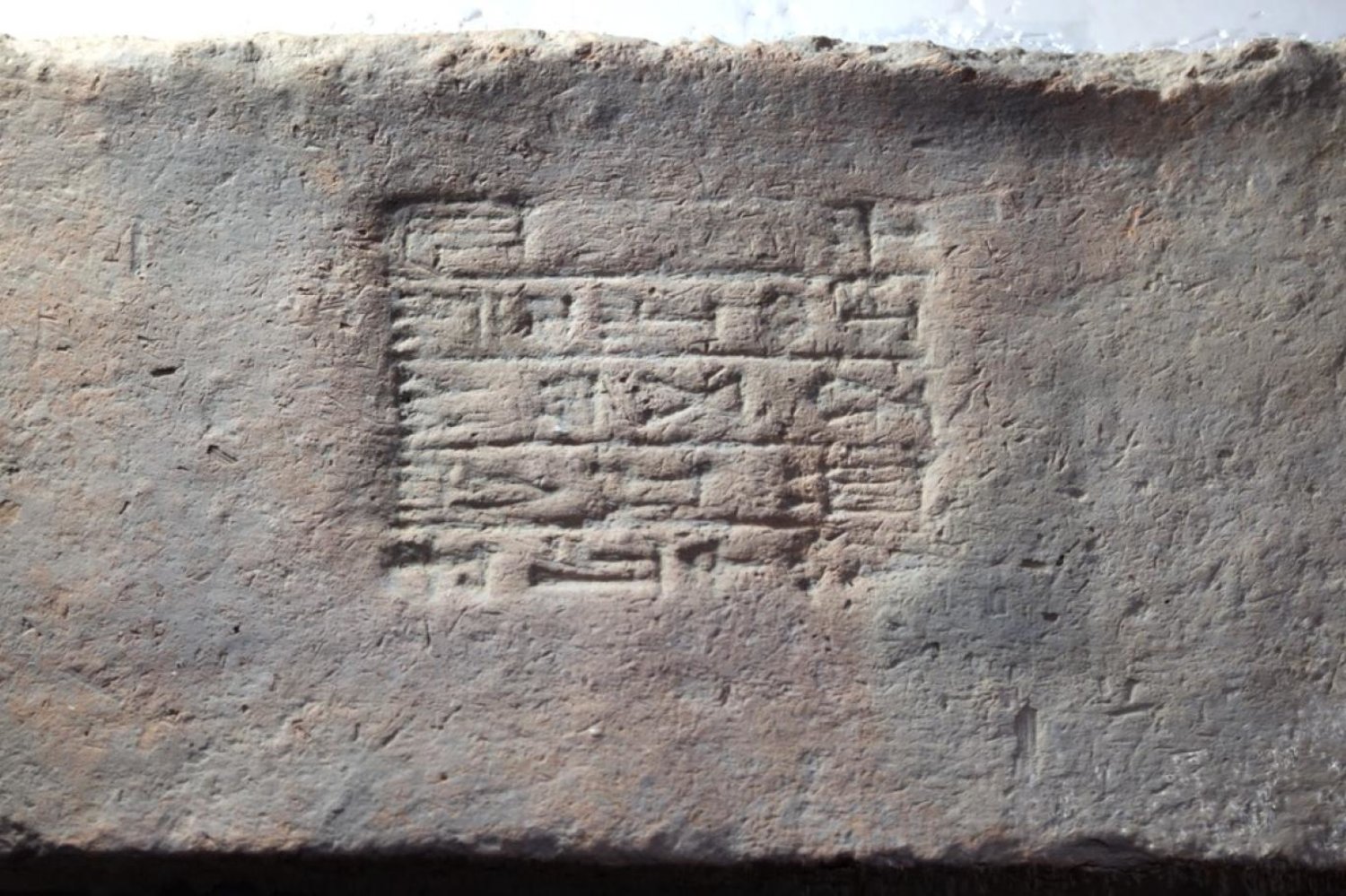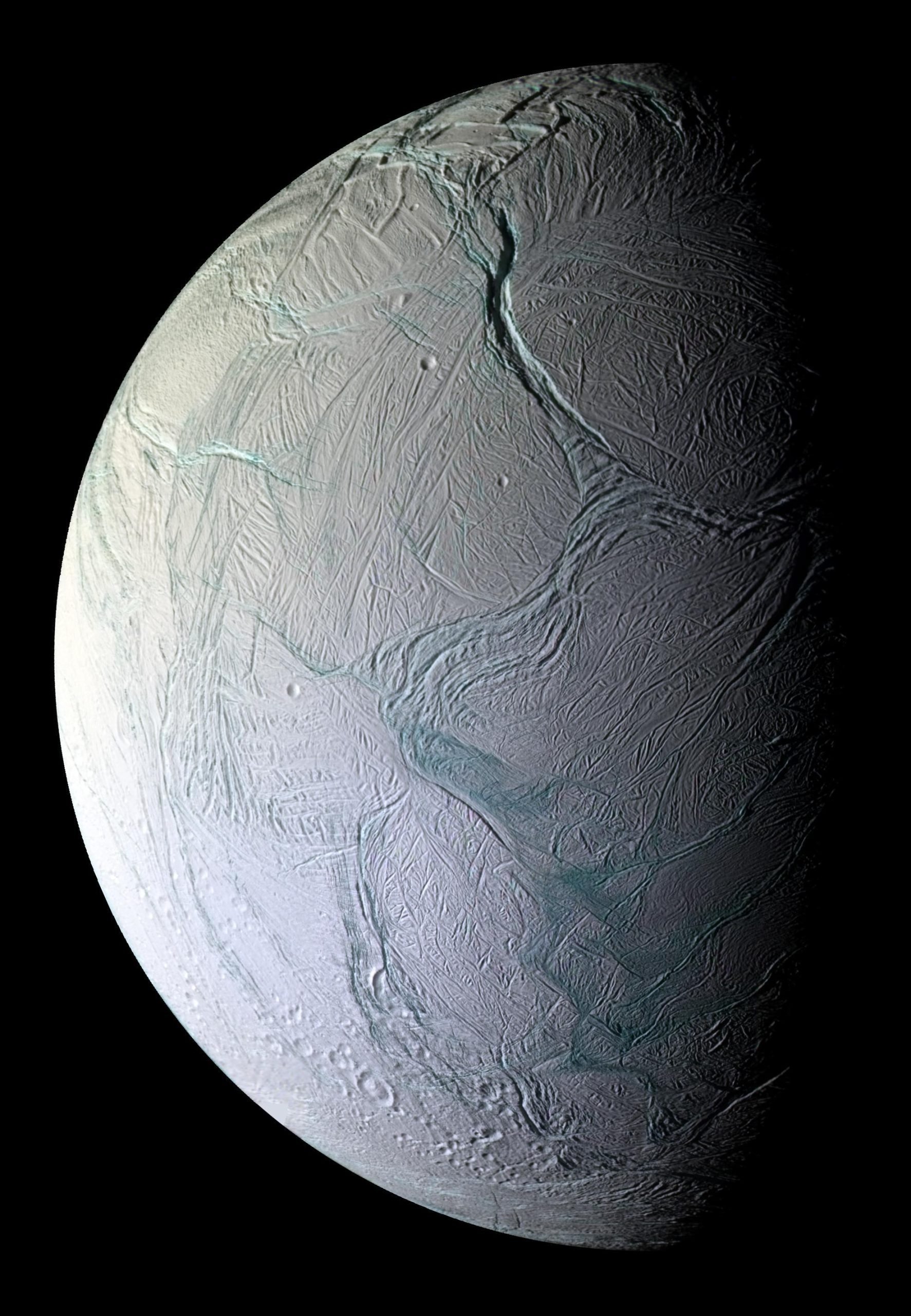Bricks from ancient Mesopotamia reveal new insights into the Earth’s magnetic field.
Researchers from the University College London in the UK and Wichita State University in the US published a study in the Proceedings of the National Academy of Sciences on Monday that found an anomaly in the Earth’s magnetic field about 3,000 years ago.
By analyzing the iron oxide content of 32 bricks from ancient Mesopotamia in the laboratory, scientists have determined that there was a high degree of magnetic concentration in the Middle East in 1050-550 BC.
read more:
150 Million Year Old ‘Sea Monster’ Found in England
Tyrian purple: the lost ancient pigment that was more valuable than gold
Iron oxide residues provided researchers with clues to the direction and strength of the Earth’s magnetic field when the bricks were first fired.
By measuring the magnetic properties of iron oxide grains in these stone blocks, named after 12 kings, scientists were able to gain insight into the Earth’s magnetic field during their reigns.
During the reign of the Babylonian King Nebuchadnezzar II, who ruled from 605-562 BC, it was revealed that the Earth’s magnetic field changed dramatically in a relatively short period of time. This provides further evidence for the hypothesis that rapid increases in the intensity of the magnetic field are possible.
Matthew Howland, co-lead author of the study, said:
During this period, the Earth’s magnetic field experienced extremely high intensities. In fact, they reached levels that would not have been possible in such a short period of time.
On the other hand, it was stated that the cause of the change in the magnetic field during this period is not yet understood. It was stated that the effects of this change spread from Bulgaria to China and the Azores, but so far there has been no evidence of an anomaly in the Middle East.
Philip McCausland of Western University in Canada, who was not involved in the study, said: “Here we actually investigated the magnetic memory of the material at hand.”





